Singane Wangko Deunggalbi - Yongdu-dong Branch (신가네왕코등갈비 용두동)
2.8Km 2021-03-29
67, Cheonho-daero, Dongdaemun-gu, Seoul
+82-2-924-3042
A store where you can enjoy various types of grilled pork. This restaurant's signature menu is grilled back ribs. This Korean dishes restaurant is located in Dongdaemun-gu, Seoul.
Velvet Moon (벨벳문)
2.8Km 2021-03-26
39, Jahamun-ro 5-gil, Jongno-gu, Seoul
+82-10-4028-9957
This coffee shop roasts coffee beans directly. This Korean dishes restaurant is located in Jongno-gu, Seoul. The most famous menu is espresso.
Haeunjae [Korea Quality] / 하은재 [한국관광 품질인증/Korea Quality]
2.8Km 2024-12-27
68-10, Jahamun-ro, Jongno-gu, Seoul
Haeunjae (下隱齋), meaning “hermit’s residence,” is a hanok (traditional Korean house) residence located in Seochon Hanok Village, near Gyeongbokgung Station on Seoul Subway Line 3. It is dedicated to the ideal of “movies and rest,” and takes after the characteristic form of modern hanok with a small courtyard. The entire house is rented out at once, with a queen bedroom, kitchen, movie room, and two restrooms. Up to 4 guests can reserve the house, with each additional guest above the standard of 2 having access to additional bedding.
The movie room is furnished with a Bose sound system, beam projector, and screen, along with a mobile foot bath. The kitchen is equipped with a refrigerator, hand drip coffee maker, toaster, electric kettle, and utensils. A 10% discount is available for guests staying for more than 2 nights on weekdays, and towel replacement and cleaning services are offered for guests staying for more than 3 nights.
The residence is located close to tourist sites like Tongin Market, Gyeongbokgung and Changdeokgung Palaces, and Samcheong-dong area.
Festival Culturel de Jeongdong (정동문화축제)
2.8Km 2021-11-01
Seoul, Jung-gu, Sogong-dong
02-3701-1601
Le Festival culturel Jeongdong permet d'apprécier l'ambiance automnale sur la routean Jeongdong-gil à Jung-gu, Séoul. Le festival vise à promouvoir les attractions touristiques aux alentoiurs à travers différents événements et expositions.
Irilju (일일주(日日酒))
2.8Km 2021-03-30
4, Sajik-ro 8-gil, Jongno-gu, Seoul
+82-2-738-1717
It is a delicious restaurant in Gwanghwamun with a good atmosphere. This Japanese (cuisine) restaurant is located in Jongno-gu, Seoul. The representative menu is salmon sashimi.
Yongdu-dong Jjukkumi (용두동쭈꾸미)
2.8Km 2021-03-29
10, Muhak-ro 36-gil, Dongdaemun-gu, Seoul
+82-2-925-3127
A restaurant frequently featured in delicious Korean dishes programs. This restaurant's signature menu is grilled webfoot octopus. This Korean dishes restaurant is located in Dongdaemun-gu, Seoul.
Palais Gyeonghuigung (경희궁)
2.8Km 2021-07-21
55, Saemunan-ro, Jongno-gu, Seoul-si
+82-2-724-0274
A la fin de la période Joseon, Gyeonghuigung servait de palais secondaire pour le roi. Comme il se situe dans la partie ouest de Séoul, il
porte aussi le nom de 'Seogwol'. Le palais secondaire était le palais où le roi se déplaçait en cas d’urgence. De Injo à Cheoljong, environ dix rois de la dynastie Joseon sont restés à Gyeonghuigung. Ce palais qui a été construit en utilisant la géographie inclinée aux alentours de la montagne possède une beauté traditionnelle en
matière d'architecture et une grande signification historique. A une
certaine époque, sa réputation était telle qu'il y avait même un pont arqué le reliant au palais Deoksugung. Les bâtiments Sungjeongjeon et Jajeongjeon
sont pour l’audience royale du roi, tandis que les bâtiments Yungbokjeon et Hoesangjeonet
servaient à dormir. Au total, le palais comprenait 100 bâtiments.
Mais, lorsque le Japon envahit la Corée
en 1908, l’école Japonaise Gyeongseong s'est installée dans le palais, et une grande partie du palais a été nivelée ou déplacée. Actuellement, la porte d(entrée
de Gyeonghuigung, la Porte Heunghwamun est utilisée en tant que porte d’entrée principale de l’ hôtel Silla, et Sungjeongjeon est à l’Université Dongguk. L’école a déménagé dans un autre endroit tandis
que le Sungjeongjeon et quelques autres bâtiments ont été reconstruits.
Près du palais Gyeonghuigung se trouvent le Musée d’Histoire de Séoul, la rue Jeongdong, et la rue très active Jongno. Après avoir visité le palais Gyeonghuigung, vous pouvez traverser la rue Jeongdong et marcher jusqu’au palais Deoksugung. La rue avec un mur de pierres menant
au palais Deoksugung est considérée comme l'une des rues les plus élégantes de Séoul.
Ramada Hotel & Suites Seoul Central (라마다호텔 앤 스위트 서울남대문)
2.8Km 2016-09-05
151, Sunhwa-dong, Jung-gu, Seoul-si
+82-2-2119-8500
Ramada Hotel & Suite Seoul Central is a first class international business hotel in Korea with impeccable service, installed with the latest facilities and a wide range of suite rooms for guests to choose from. Comprising 304 rooms decorated with style and class, this hotel offers 25% of total guest rooms in the form of a suite room, the highest density of suites for a single hotel in Korea. Standard rooms are also spacious for added comfort, around 6.6sqm, larger than most of its counterparts in five star hotels. There are six types of guest rooms including superior, deluxe, junior, king, platinum and president suites.
The overall interior of the hotel is designed to accommodate the resort-in-city theme of the hotel, to offer a space of rejuvenation for its guests. Guests visiting the Ramada Hotel & Suite Seoul Central may feel like walking into an oasis in the middle of the desert.
The artistically decorated lobby and mini outdoor parks found intermittently around the hotel, resemble an exotic resort area, all designed to provide comfortable break for the guests. The hotel garden is arranged to create a beautiful scenery any time of the year and there is a large water foundtain in front of the hotel to add a refreshing touch to this oasis inside the city.
Tourist attractions including Deoksugung and Gyeongbokgung Palaces are cultural heritages where the tradition of Korea can be felt first hand. The national museum and art galleries, theaters for performance arts are also close by for foreign tourists to experience the Korean culture and enjoy various performance.
Hanok Guesthouse Dongchonchae [Korea Quality] / 한옥 게스트하우스 동촌재 [한국관광 품질인증/Korea Quality]
2.8Km 2021-03-26
21-10, Jahamun-ro 11-gil, Jongno-gu, Seoul
Built in 1939, Dongchonchae was designated as Seoul Well Hanok by the Seoul Metropolitan City in 2016. In 2020, this hanok (traditional Korean house) received the Certificate of KOREA QUALITY from the Korea Tourism Organization in the Heritage Hanok field in recognition of its historicity and quality of services. Dongchonjae is located in the western side of Gyeongbokgung Palace, at Seochon. When one passes through its main gate, one sees the yard, with anchae (women's quarters), sarangchae (men's quarters), and byeolchae (detached quarters) surrounding the plot. Anchae has four rooms, daecheong (wood-floored main hall), a kitchen, and a restroom. One of the rooms is used for tea ceremonies as well. Outside of the sarangchae and byeolchae, which are the living spaces for the owners, visitors have free access to the numaru (raised open floor) and the yard. The anchae’s rooms “Bom” and “Yeoreum” can accommodate 2 to 3 adults each, while the rooms “Gaeul” (Tea Room) and “Gyeoul” are optimal for two. The building is rented out as a whole, so no more than one group may stay in the building at any given time. Standard occupancy is four persons, and eight is the maximum number. There are two restrooms, one within the anchae building, one out in the backyard.
Cooking is not allowed in the kitchen, but guests are free to bring in outside food. Experience programs on offer include nighttime exploration of Seoul City Wall, tea ceremony, folk songs, and rice cake making. Additional payment is only required for rice cake making. Guests may choose between two types of complimentary breakfast: Korean, which comes with rice, soup, and three side dishes; and Western, which comes with bread, salad, and coffee. There are a 100-in screen and mini projector for film watching in the yard or daecheong. Towels, toiletries, hair dryer, bottled water, traditional tea, and capsule coffee are included. The kitchen is equipped with kitchen utensils, a microwave, and a coffee pot, enough for instant foods. Guests also have access to refrigerator and washing machine
Village musée de la porte Donuimun (돈의문박물관마을)
2.8Km 2024-07-26
14-3, Songwol-gil, Jongno-gu, Séoul
Le village musée de la porte Donuimun est un village historique et culturel situé au cœur de la ville. Ce lieu, né de la régénération urbaine de Séoul, possède une grande valeur historique en tant que premier quartier que l'on trouve en entrant dans la vieille ville de Séoul par la porte ouest des murailles Hanyangdoseong. C'est un témoin de la vie et des souvenirs de Séoul.
Ce village, ainsi que le quartier voisin de Gyonam-dong de l'arrondissement de Jongno-gu, a été sélectionné comme zone de la « Donuimun New Town » en 2003. Il était prévu de démolir tous les bâtiments existants dans cette zone et de créer un parc. Cependant, en tant que premier quartier à l'intérieur de la porte ouest des murailles Hanyangdoseong, la ville a voulu promouvoir la valeur historique du quartier de Saemunan et préserver le site tel un village musée. Ainsi, la ville de Séoul a émis le souhait plus global de créer un site historique et culturel important pour ses habitants. Dans ce cadre, les bâtiments du village ont été rénovés en conservant leur apparence originale alors qu'une grande cour a été créée à la place de plusieurs maisons. Les bâtiments modernes et contemporains, les hanoks urbains et les ruelles centenaires sont restés dans leur état initial aux mêmes endroits afin de devenir un nouveau lieu culturel où de nombreux visiteurs peuvent désormais se rendre.
Actuellement, le village musée de la porte Donuimun accueille les visiteurs après avoir été rénové sous le thème des « 100 ans de Séoul, terrain de jeux pour un voyage dans le temps ». Les 40 bâtiments existants ont été laissés tels quels alors qu'un espace « participatif » a été créé où des expositions, des programmes d'activités, des spectacles et des marchés se tiennent tout au long de l'année afin de nourrir l'identité de « village musée vivant » qui était l'objectif principal de la création de ce village.
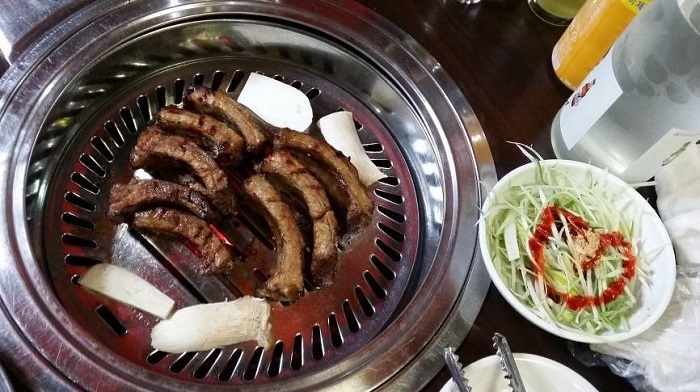
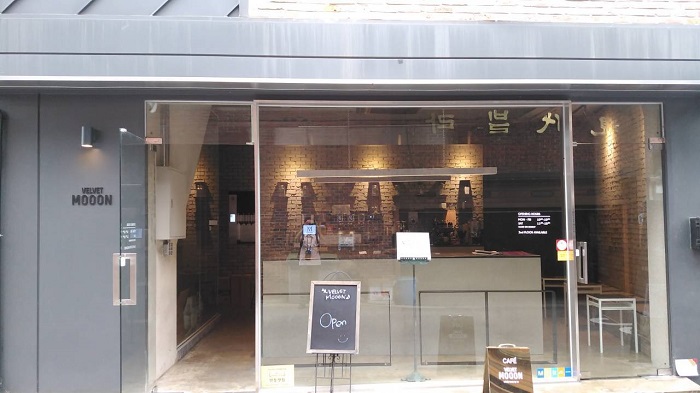
![Haeunjae [Korea Quality] / 하은재 [한국관광 품질인증/Korea Quality]](http://tong.visitkorea.or.kr/cms/resource/88/2707588_image2_1.jpg)
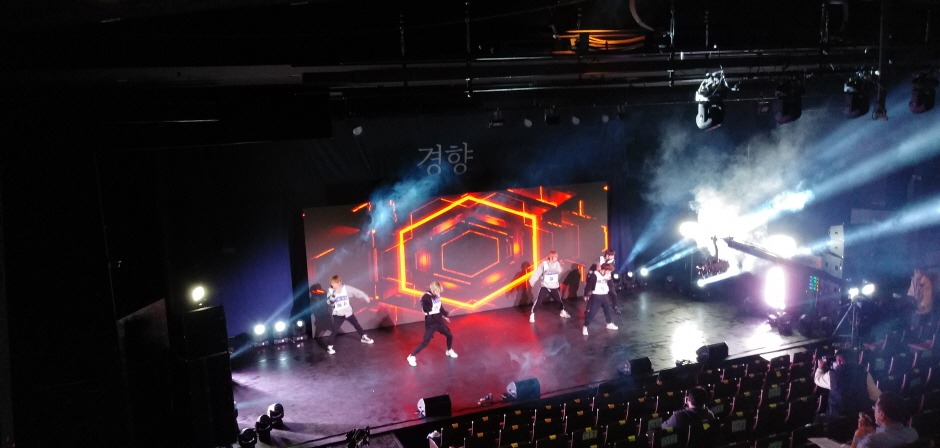
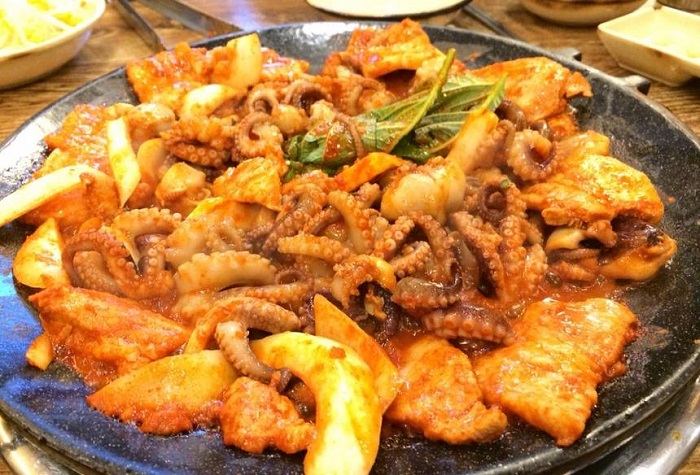
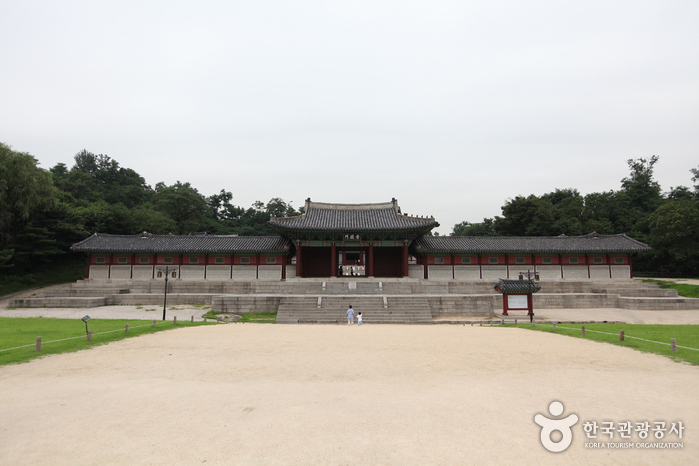

![Hanok Guesthouse Dongchonchae [Korea Quality] / 한옥 게스트하우스 동촌재 [한국관광 품질인증/Korea Quality]](http://tong.visitkorea.or.kr/cms/resource/96/2705896_image2_1.jpg)
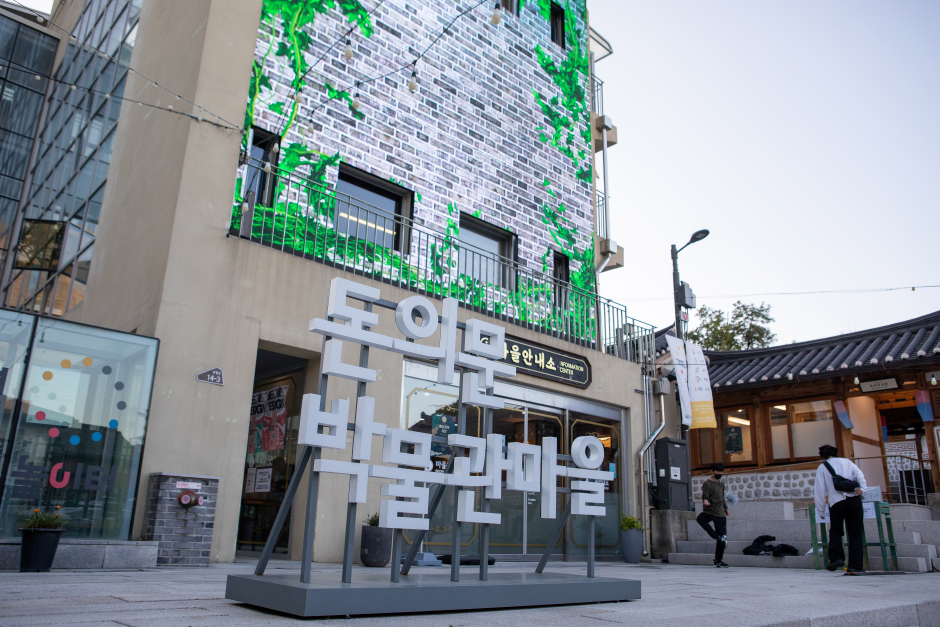
 Français
Français
 한국어
한국어 English
English 日本語
日本語 中文(简体)
中文(简体) Deutsch
Deutsch Español
Español Русский
Русский